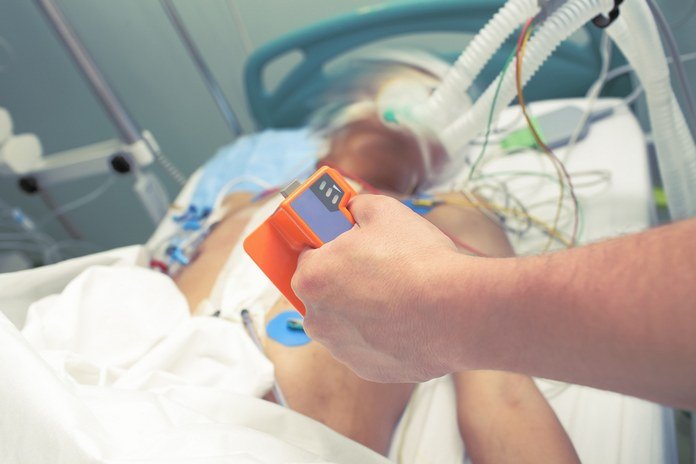Treatment Of Atrial Fibrillation

The proper treatment for atrial fibrillation always depends on the severity and the duration of the condition in a patient. The treatment for atrial fibrillation also depends on the severity of the symptoms and the actual cause of atrial fibrillation. Typically the common treatment goals for the cure of atrial fibrillation are:
- To prevent the formation of blood clots, this will decrease the risk of stroke
- To control the rhythm or rate of the heartbeats
The treatment plan that a doctor and patient devices depend on several factors, which include that if the patient had other heart diseases and if the patient can take medications that help in controlling the heart rate. In a few cases, the patients might need a more invasive treatment, such as using surgery or other medical procedures. While in some people, and underlying condition or a specific event triggers the atrial fibrillation. It is very important first to treat the underlying condition, which is causing atrial fibrillation. Treating the underlying condition will help in relieving the heart from irregular heartbeats.
Resetting the heart rhythm:
If a patient’s symptoms are causing trouble or if the patient is suffering from the first episode of atrial fibrillation, then the medical professionals attempt to control the heart rhythm. The best way to control the heart rate is to take the heart back to its regular rate or rhythm, i.e., sinus rhythm. To reset the heart back to its normal rhythms, a process is known as cardioversion, a great option, and it depends on the severity of your symptoms. There are two ways in which a doctor can perform cardioversion.
Electrical cardioversion
In this procedure, a medical professional delivers an electrical shock to the patient’s heart by placing paddles on the chest. The electrical shock tries to stop the heart’s electrical to signal transduction for a brief movement. The whole purpose of this procedure is to reset the heart to its normal rhythm. The doctor gives sedative to the patient before the procedure so that he or she does not feel the electric shock. The doctor also gives certain medications that help in restoring the heartbeat to its normal pace.
